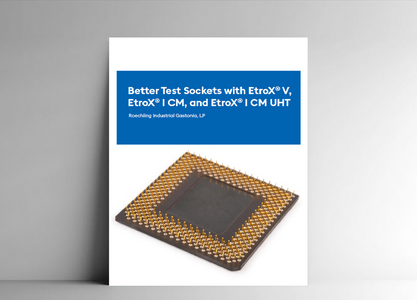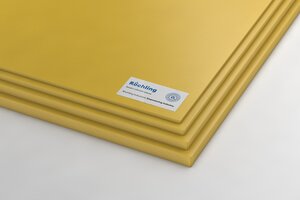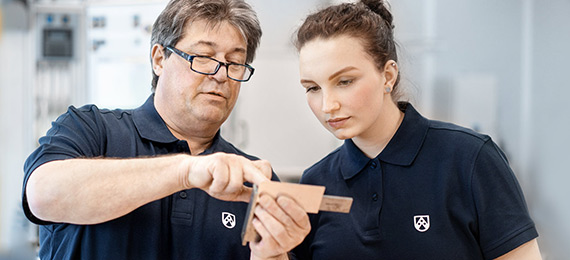Materials and solutions for Test sockets
Test sockets are one of the essential applications in back-end processes within the Semiconductor industry. They are used for chip analysis with automated test equipment (ATE). The test socket is important since optimal testing performance occurs when there is excellent connectivity between the chip and ATE. A test socket provides this connection, which is both mechanical and electrical. This electrical/mechanical connection provides the link between the chip and the ATE.
Typical test socket materials
Thermoplastic materials for semiconductor test sockets are selected based on a variety of factors. Factors include temperature range, dimensional stability, micro machinability and relative cost. These and other factors need to be considered with the selection of material to produce a test socket. There are many options available, including PEEK, PEI, PPS, ceramic filled PEEK, and Polyimide. For temperatures at -40oC to about 170oC PEI and to about 220°C PPS would be suitable. At higher temperatures, PEEK and PI would be a better option. High dimensional stiffness is a feature of ceramic filled PEEK. PEEK filled ceramic performance will be enhanced due to the synergy of the composite. Additionally, ceramic filled PEEK has excellent chemical and thermal resistivity as well as good abrasion resistance. Polyimide offers excellent dimensional stability, strength and stiffness even above 250oC, as well as a UHT version up to short term 450°C. Optimal thermoplastic selection requires understanding of complete material performance requirements and fabrication needs.
Material Challenges & Trends – Semiconductor performance is increasing, both mechanically and electrically. As the size of the integrated circuit (IC) has shrunk, so has the cross section of the test socket. As this occurs, stiffer polymers are required. It is important to consider that increased stiffness should be offered alongside the ability to produce smaller holes. In summary, the most critical trends for test sockets are hole reduction and stiffer, thinner cross sections.
Material properties
- Low thermal expansion
- High mechanical properties
- High temperature resistance
- Durability and wear resistance
- Low moisture absorption
- High dimension stability
Typical materials for Test sockets
- EtroX® V (Ceramic filled PEEK)
is a premium material for high precision test sockets - EtroX® I CM (Polyimide)
is also a premium material for high precision & high temperature test sockets and a variety of semiconductor parts (i.e. wafer chucks & handling)
EtroX® I CM UHT
offers low water absorption of 0,06% and can be used on long term at 300°C - Sustatron® PPS
is a vary resistant polymer with high mechanical strength and rigidity
Röchling materials for Test Sockets

White Paper: Better Test Sockets with EtroX®
Arrange technical advice
The performance and service life of plastics for use in the semiconductor industry are influenced by a variety of factors. These criteria need to be considered in order to make the right choice in materials. Examples:
- Antistatic or conductive properties
- Operating temperature
- Contact with chemicals
- Design requirements
- Dimensions and tolerances
- Flame retardancy
We are happy to advise you on the selection of suitable materials for your particular application. Just use our contact form at the bottom of the page.










